10 Things Every Comic Book Collector Needs to Know About Grading
Grading is a crucial aspect of comic book collecting, helping to determine the value and condition of your prized collection. Whether you are buying, selling, or simply assessing your comics, understanding the grading process ensures you make informed decisions. Knowing how to evaluate factors like paper quality, cover condition, and professional certifications can greatly impact your comic’s market value. By mastering the grading system, collectors can avoid mistakes and confidently navigate the comic book market.
This post may contain affiliate links, which helps keep this content free. Please read our disclosure for more info.
Understanding the Grading Scale
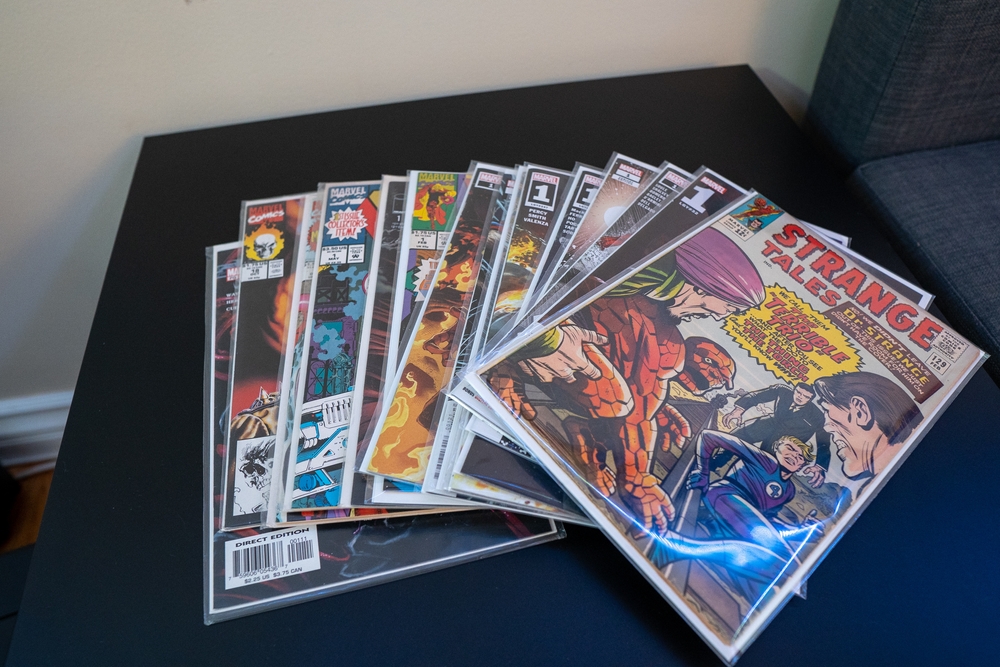
The grading scale for comic books ranges from 0.5 to 10, with each number indicating the comic’s condition. Knowing this scale is essential for assessing the value and condition of your comic book collection. The scale includes key designations like “Mint” (10), “Near Mint” (9.4–9.9), and “Good” (6.0–6.9), each denoting the quality of the comic in terms of its pages, binding, and cover. For collectors, understanding this scale helps in determining accurate pricing and helps ensure the comic’s true worth is understood by both buyers and sellers.
A lower-grade comic (such as 3.0 or below) will show significant wear, like creases, discoloration, or missing pages, which will affect its market value. Grading accurately allows for fair trading and reduces the risk of mispricing, ensuring you get the best deal when buying or selling comics.
Professional Grading Companies
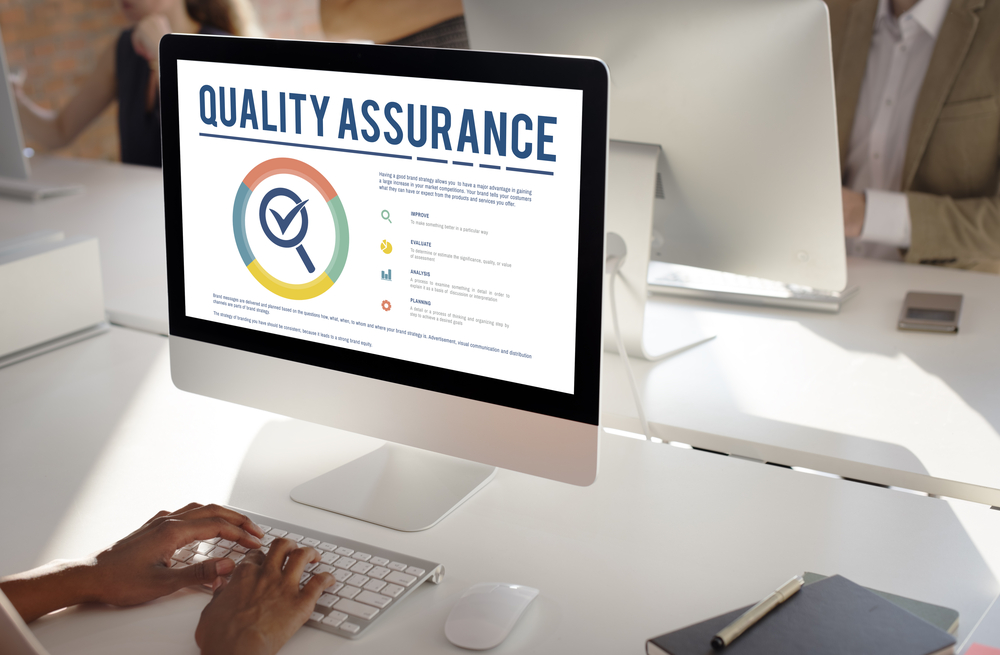
Professional grading companies such as CGC (Certified Guaranty Company) and CBCS (Comic Book Certification Service) provide official grades for comic books. These companies use expert graders to assess comics based on their physical appearance, page quality, and structural integrity. Getting a professional grade ensures the comic’s value is recognized by the broader collector community.
For collectors, using a reputable grading service is essential for building credibility in your collection. A certified comic’s value is much more easily understood by potential buyers, and it allows you to avoid potential disputes over a comic’s condition. Professional grading also guarantees that a comic will retain its value over time, unlike ungraded comics that may lose value or be misinterpreted by potential buyers.
The Importance of Paper Quality
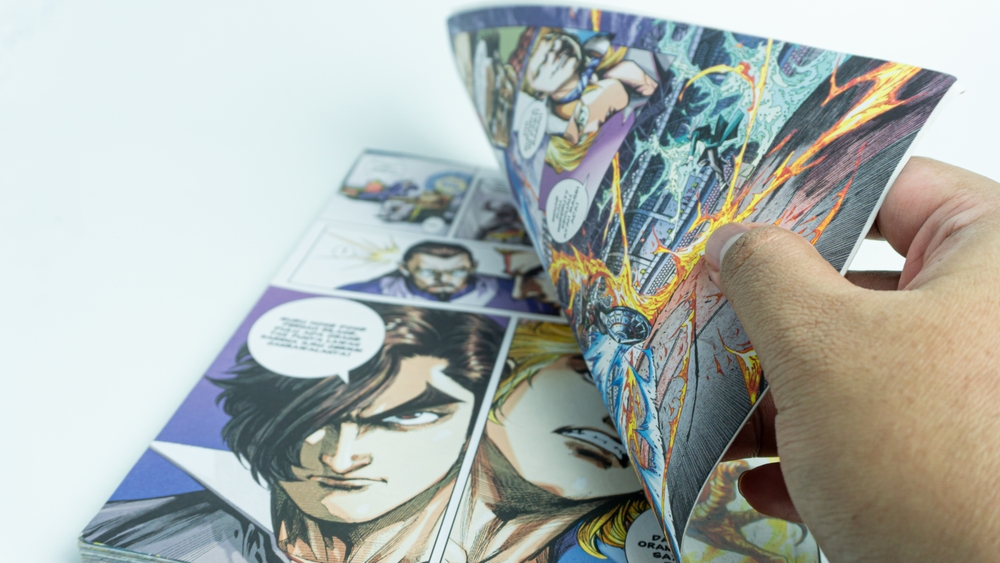
Paper quality is a key element in grading. Comic books printed before the 1980s were typically made with cheaper paper, which can yellow or deteriorate over time, affecting the overall grade. A comic with brittle, torn, or discolored pages will receive a lower grade than one with clean, white pages. Knowing how to evaluate the paper quality will help collectors understand a comic’s true condition and its expected lifespan.
Collectors need to be aware of this factor because it can dramatically alter the comic’s value. For example, even a visually perfect comic book can be knocked down in grade if its paper quality is poor. Ensuring that you store comics in optimal conditions, like using acid-free bags, will help preserve the paper quality and prevent unnecessary degradation.
Assessing the Cover Condition
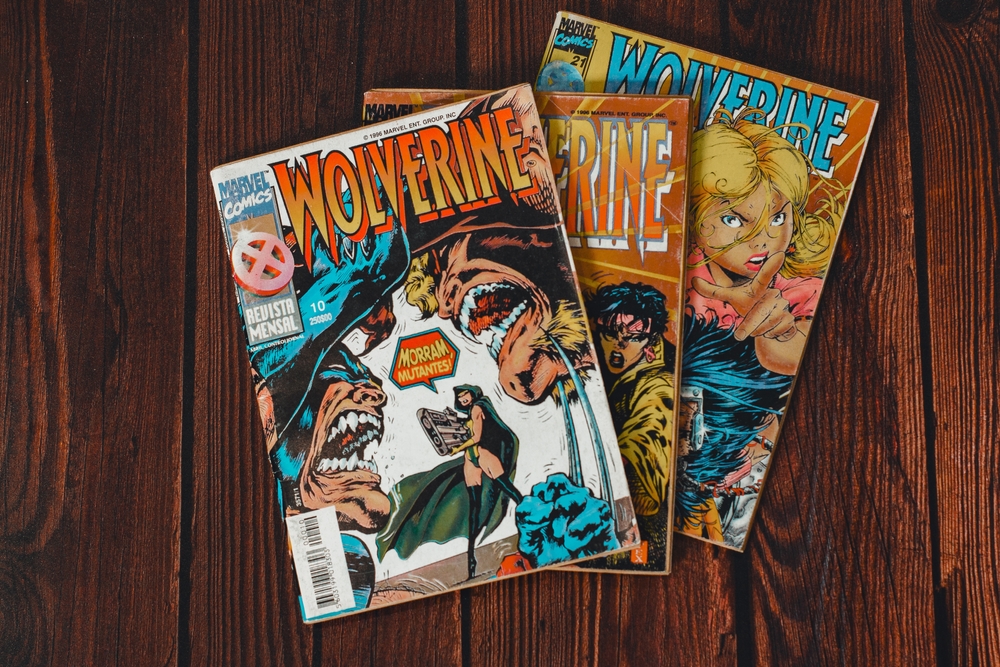
The cover condition plays a major role in a comic’s grade. A comic with creases, bends, or fading on the cover will score lower on the grading scale. The cover is the first thing collectors and buyers see, making it the most important factor in determining whether a comic is in near-mint condition or otherwise. Any visible damage, like spine rolls, bends, or fading ink, can bring down the grade significantly.
A collector should always closely examine the cover for imperfections. Knowing how to spot common issues, like foxing (discoloration due to mold), can also help assess the comic’s overall condition. Buyers should look for the best possible cover condition to maximize resale value, while sellers should ensure their grading is accurate to avoid disappointing potential buyers.
Evaluating Interior Pages

Interior pages, including their condition and color retention, are critical when grading a comic book. Pages that are brittle, torn, or stained can lower a comic’s grade, even if the cover is in excellent shape. Assessing the pages involves checking for ink fading, tears, stains, or water damage. The overall condition of the pages reflects the comic’s preservation and its potential longevity.
For collectors, knowing how to spot these flaws in the interior pages helps avoid purchasing a comic with hidden damage. Sellers should always point out any page issues to buyers up front to maintain transparency. These factors are key in establishing fair prices and preventing misunderstandings.
Spine Condition
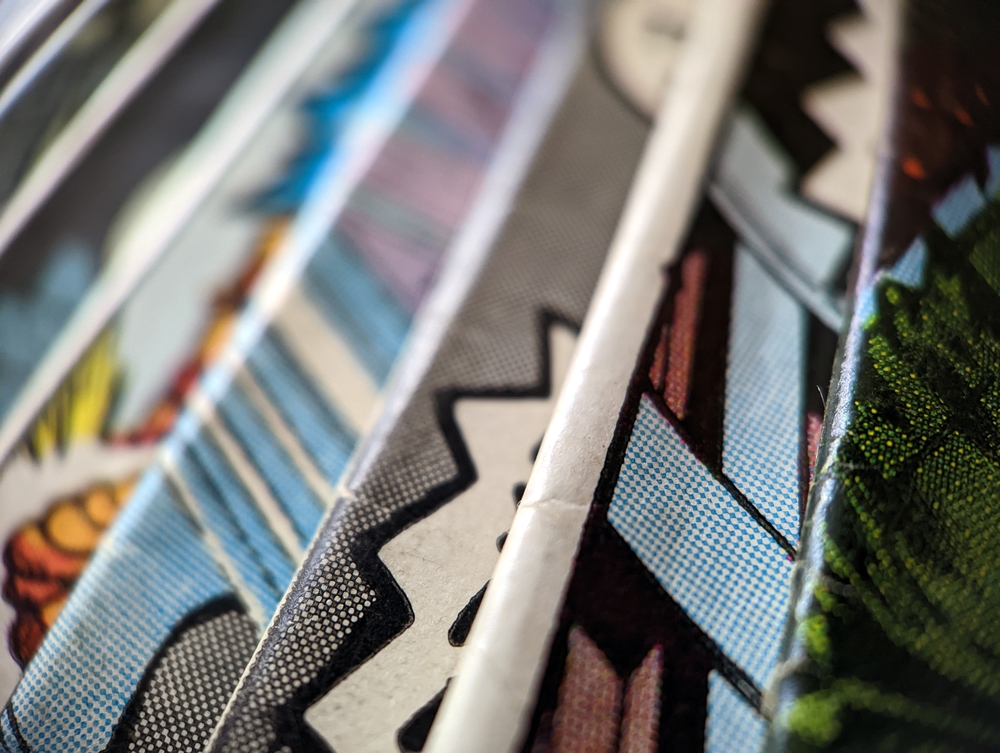
The spine is one of the most sensitive parts of a comic book. It often shows the first signs of wear and tear, such as creases, color breaks, or even stress marks from repeated handling. A comic with a pristine spine can fetch a higher price than one with visible damage. Grading comics based on spine condition is essential for an accurate price point.
Collectors should pay close attention to how the spine looks, especially on older comics. If the spine is perfectly intact with no damage or wear, the comic can be graded much higher. Buyers should avoid comics with spine creases or bends, as this usually reduces the comic’s grade and value.
Importance of Staples and Binding

A comic’s staples and binding are also graded when determining its condition. Rusty or loose staples can lower the comic’s value because they impact the integrity of the book. Furthermore, missing staples can cause the pages to become loose, leading to further degradation of the comic’s condition. Properly bound comics hold their value longer and remain in better condition over time.
For collectors, checking the staples and binding is an easy way to catch any potential issues early. If staples are rusted or missing, they can have a significant impact on the comic’s overall grade. Sellers should be sure to assess the binding carefully, as this is an often-overlooked factor that can affect overall pricing.
The Significance of First Editions and Rare Issues

First editions and rare issues typically command a higher value due to their rarity and significance. Grading these comics accurately is vital since many collectors seek these rarer books. First editions can sometimes be difficult to identify because they may look similar to reprints, but knowing the difference is important for determining value.
Grading helps collectors ensure that rare comics are correctly valued. First editions in near-mint condition are worth significantly more than reprints or issues in poor condition. Identifying these key issues can help buyers and sellers maximize their investment, ensuring that they get the best deal possible.
Understanding the Impact of Signature Authentication

Comics that are signed by artists, writers, or notable personalities can carry a premium price. However, for a signed comic to maintain its value, the signature must be authenticated by a reputable service. This is important because unsigned comics or unauthorized signatures can result in lower grades, even if the comic itself is in perfect condition.
Buyers should be careful when purchasing signed comics, ensuring the signature is authentic and not forged. Sellers, on the other hand, should always verify signatures to maintain credibility. Proper authentication can prevent fraud and increase a comic’s value on the secondary market.
Impact of Creases and Bends
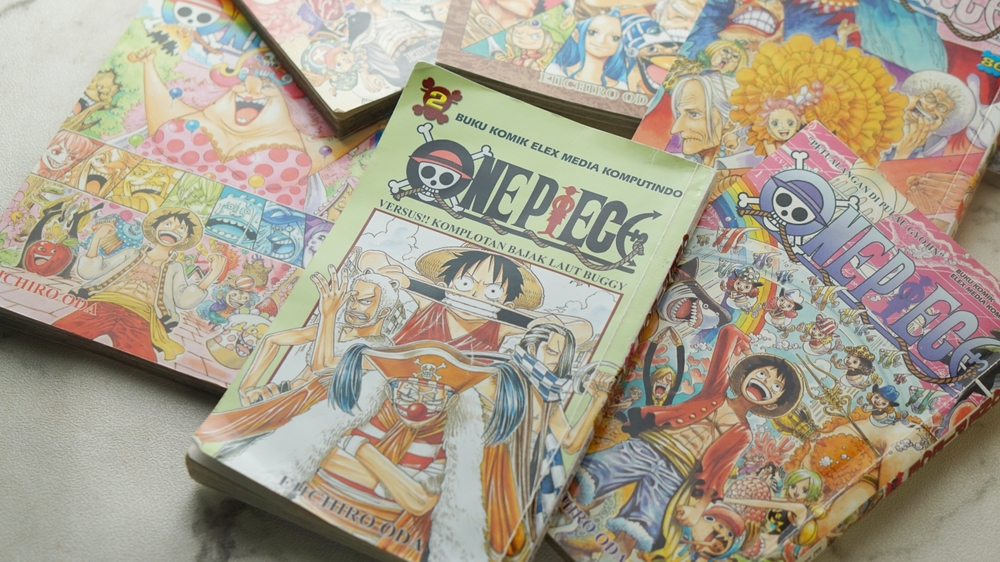
Creases and bends are some of the most common forms of damage that reduce a comic’s grade. These can occur from improper handling, like folding a comic or placing it in a tight space. While minor creases may not heavily impact a comic’s value, deep creases can significantly bring down its grade.
For comic book collectors, avoiding these creases is essential for preserving the comic’s integrity and value. Using comic book boards to support the pages and proper storage methods can reduce the likelihood of creases. Sellers should always inspect for any creases or bends, as these small flaws can greatly influence pricing.
This article originally appeared on Avocadu.
